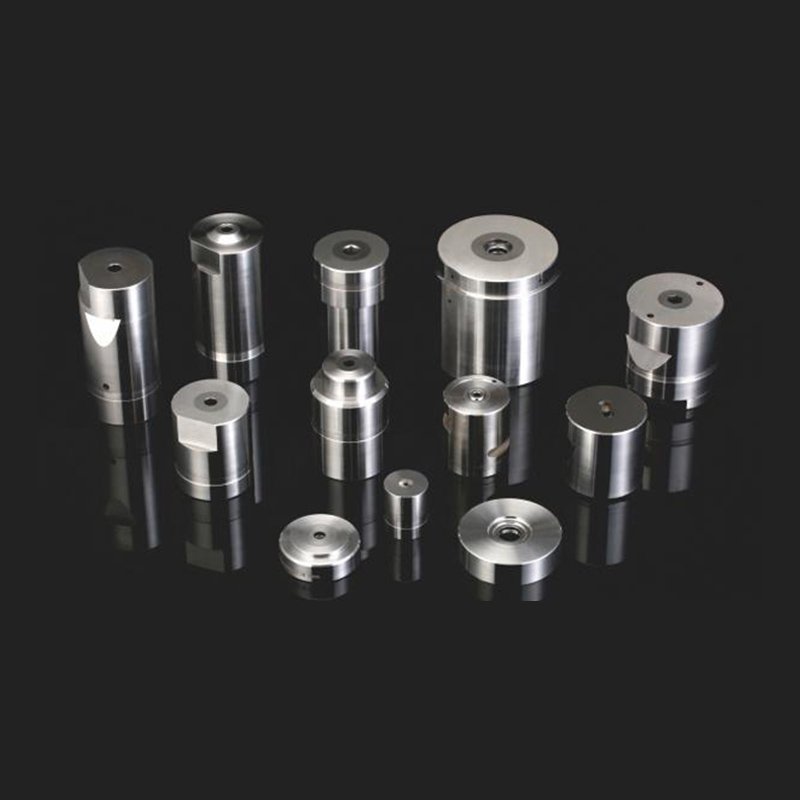Cold forging is a metalworking process that shapes metal at room temperature, providing excellent dimensional accuracy and surface finish. Cold Forging Dies are essential components in this process, enabling the formation of complex shapes and profiles. This article outlines the manufacturing process of Cold Forging Dies, detailing the necessary steps and technical requirements.

1. Design and Engineering
The manufacturing process begins with the design and engineering of the Cold Forging Die. This stage involves:
Die Design: Engineers use Computer-Aided Design (CAD) software to create precise die designs that accommodate the specific requirements of the forging process, such as the geometry of the part being produced, material properties, and production volume.
Simulation: Advanced simulation software can model the forging process, predicting potential issues like die wear, material flow, and the formation of defects. This simulation helps optimize the design before physical production begins.
2. Material Selection
Selecting the right material for the die is crucial for ensuring its performance and longevity. Common materials used for Cold Forging Dies include:
Tool Steels: High-carbon tool steels, such as D2, A2, and H13, are frequently used due to their hardness, wear resistance, and ability to withstand high pressures.
Alloy Steels: Alloy steels, such as S7, are also popular choices for their toughness and impact resistance.
The material must be chosen based on the specific application, including factors like temperature, stress levels, and production volume.
3. Machining
Once the design is finalized and materials are selected, the next step is machining the die components. This process typically involves several operations:
Rough Machining: The initial shaping of the die is performed using processes like milling, turning, and grinding to remove excess material and achieve approximate dimensions.
Precision Machining: In this stage, the die is machined to exact specifications. CNC (Computer Numerical Control) machines are often employed to ensure high precision and repeatability in the machining process.
Heat Treatment: After machining, the die components undergo heat treatment to enhance hardness and strength. This process can include quenching and tempering to achieve the desired material properties.
4. Assembly
Following machining and heat treatment, the die components are assembled. This step includes:
Fitting: Each component is carefully fitted together, ensuring proper alignment and functionality.
Adjustment: Any necessary adjustments are made to ensure the die functions correctly during the forging process.
5. Testing and Quality Control
Quality control is a critical part of the manufacturing process for cold forging dies. Various tests and inspections are performed, including:
Dimensional Inspection: Precision measuring tools, such as calipers and micrometers, are used to verify that the die meets the specified dimensions.
Functional Testing: The assembled die may undergo functional testing in a production environment to ensure it performs as intended during actual forging operations.
6. Surface Treatment
To enhance the performance and durability of the cold forging die, surface treatments may be applied. Common treatments include:
Coating: Hard coatings, such as TiN (Titanium Nitride) or TiAlN (Titanium Aluminum Nitride), can be applied to improve wear resistance and reduce friction.
Polishing: The die surface may be polished to achieve a smooth finish, minimizing material sticking and improving product quality.
7. Final Inspection and Delivery
Before delivery, the finished cold forging die undergoes a final inspection to ensure all specifications have been met. Once approved, the die is packaged and delivered to the customer, ready for use in the forging process.
The manufacturing process of cold forging dies involves careful design, material selection, machining, assembly, testing, and surface treatment. Each step is crucial in producing high-quality dies that can withstand the demands of the forging process. By adhering to strict technical requirements and quality standards, manufacturers can ensure the longevity and performance of cold forging dies, ultimately contributing to the efficiency and effectiveness of the cold forging process.











